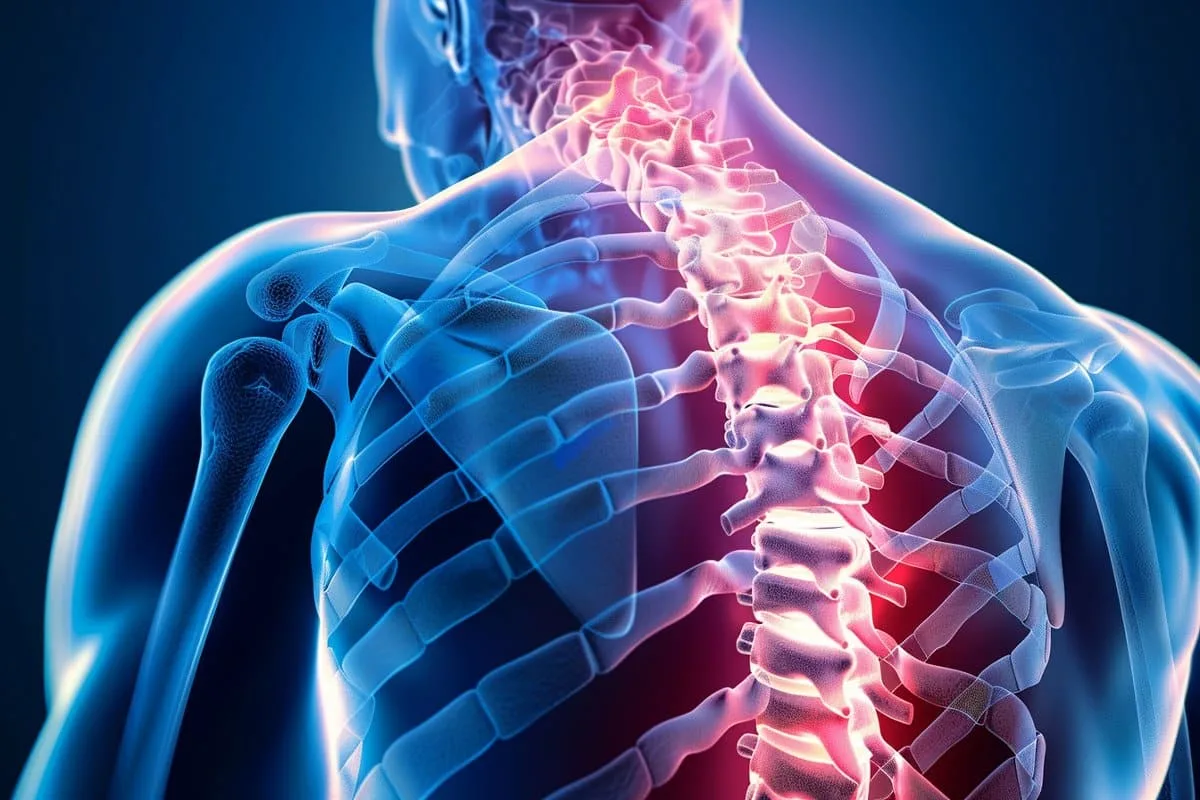Breakthroughs in stem cell therapy are offering new hope to individuals suffering from spinal cord injuries. Recent advancements suggest that stem cell treatments can potentially restore nerve function, improve mobility, and enhance the quality of life for patients who have faced severe spinal damage.
The Role of Stem Cells in Spinal Cord Repair
Stem cells have the unique ability to develop into different types of cells, making them a valuable tool in regenerative medicine. For spinal cord injuries, stem cells can aid in repairing damaged nerves, reducing inflammation, and promoting the growth of new neural connections. Scientists have been focusing on various stem cell types, including mesenchymal stem cells and neural stem cells, to determine the most effective approach to healing spinal damage.
Encouraging Results from Recent Treatments
Patients who have undergone experimental stem cell therapy have reported notable improvements in motor function and sensation. In some cases, individuals with severe paralysis have regained partial movement and feeling in affected areas. These promising results suggest that stem cell-based treatments could revolutionize spinal cord injury rehabilitation in the near future.
Challenges and Future Prospects
Despite the promising outcomes, stem cell therapy for spinal cord injuries is still in the experimental stage. Researchers are working to address challenges such as immune rejection, ethical concerns, and the long-term effectiveness of treatments. Clinical trials continue to assess safety, dosage, and the best methods for stem cell transplantation.
A Hopeful Future for Spinal Injury Patients
With ongoing research and technological advancements, stem cell therapy may soon become a mainstream treatment for spinal cord injuries. Scientists remain optimistic that, with further refinement, this innovative approach will offer a life-changing solution for patients worldwide.
Conclusion
Stem cell therapy represents a groundbreaking advancement in medical science, particularly in the treatment of spinal cord injuries. As research progresses, this promising field may soon provide effective solutions to restore mobility and improve the lives of those affected by severe spinal damage.




+ There are no comments
Add yours